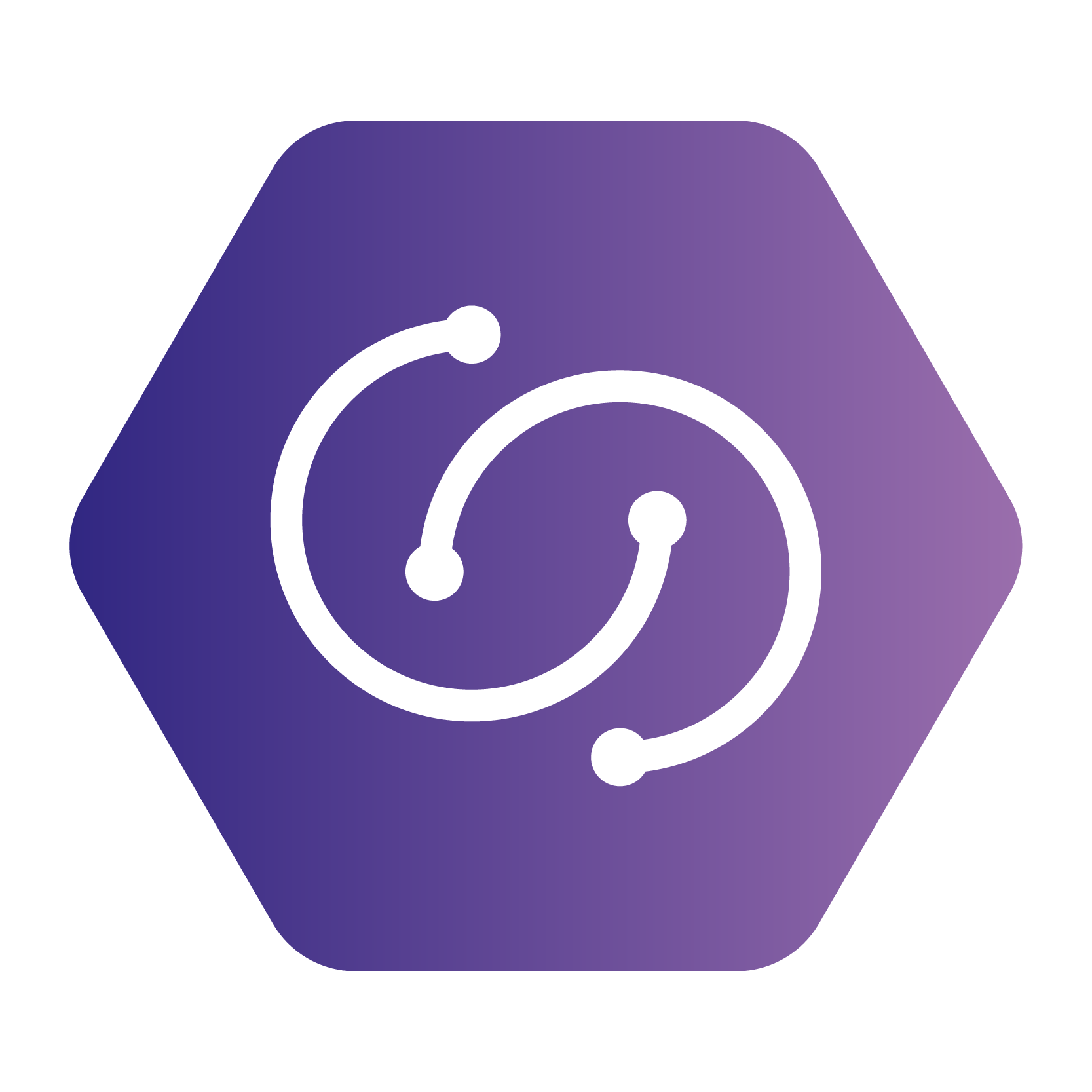📐 Compass System Design Blueprint
Architecture Diagram
1. System Overview
The Compass system is an AI-powered enterprise platform deployed on Azure cloud infrastructure. It provides intelligent document processing, search capabilities, and integration with Microsoft 365 services through a modern Angular frontend.
2. Core Components
2.1 Frontend Layer
CompassAI (Angular Frontend)
- Purpose: Primary user interface for the Compass platform
- Technology: Angular framework
- Deployment: Azure Web App
- Key Features:
- Interactive document search and retrieval
- Integration with Microsoft 365 services
- AI-assisted content processing and interactions
- User authentication and profile management
Observability Frontend
- Purpose: Dashboard for monitoring system health and AI interactions
- Technology: Python-based web interface
- Deployment: Azure Web App
- Key Features:
- Real-time monitoring dashboards
- Performance metrics visualization
- LLM interaction logs and analytics
- System alerts and notifications
2.2 Backend Services
CompassAPI (Main Backend)
- Purpose: Core application backend and business logic
- Technology: Python-based web service
- Deployment: Azure Web App
- Key Features:
- RESTful API endpoints for frontend services
- Business logic implementation
- Integration orchestration between components
- Authentication and authorisation (via Security component)
CompassFastRag
- Purpose: Handles document search and retrieval
- Technology: Serverless function
- Deployment: Azure Function
- Key Features:
- BM25 search algorithm implementation
- Vector search capabilities
- Reranking of search results
- Integration with document storage systems
CompassGraphAPI
- Purpose: Handles Microsoft 365 service integrations
- Technology: .NET-based web service
- Deployment: Azure Web App
- Key Features:
- OneDrive document retrieval and management
- SharePoint integration
- Office document processing
- Microsoft Graph API implementation
AI Core
- Purpose: Orchestrates LLM services and AI workflows
- Technology: Python-based service
- Deployment: Azure Container App
- Key Features:
- LLM provider integration management
- AI request routing and load balancing
- Prompt engineering and optimization
- Context management for LLM interactions
- Integration with internal CompassSLM for specialized tasks
CompassSLM (Small Language Model)
- Purpose: Specialized internal language model
- Technology: Optimized language model
- Deployment: Azure Container
- Key Features:
- PII identification and extraction
- Document summarization
- Content classification
- Lightweight NLP tasks
ModelContextProtocol Servers
- Purpose: Manages context for model interactions
- Technology: Python-based service
- Deployment: Azure Container App
- Key Features:
- Context management for AI models
- Document chunking and processing
- Context window optimization
- Integration with knowledge bases
Security Component
- Purpose: Handles credential and key validation
- Technology: Managed identity service
- Deployment: Azure Key Vault integration
- Key Features:
- API key management
- Authentication validation
- Credential rotation
- Access control enforcement
- Integration with Azure AD
Observability Backend
- Purpose: Monitors system components and interactions
- Technology: Python-based telemetry service
- Deployment: Azure Function and Container Apps
- Key Features:
- Log collection and aggregation
- Metrics monitoring
- Performance tracking
- LLM interaction logging
- Cost tracking for AI services
2.3 External Components
Data Sources
- OneDrive: User file storage
- SharePoint: Organizational document repositories
- Office Services: Microsoft 365 productivity apps
External LLMs
- Various LLM providers orchestrated by AI Core
- May include Azure OpenAI, Anthropic, and other providers
3. System Interactions and Data Flows
3.1 Primary User Flows
Document Search Flow
- User submits search query via CompassAI frontend
- CompassAPI validates request and routes to CompassFastRag
- CompassFastRag performs BM25 and vector search
- ModelContextProtocol servers prepare context
- Results returned to frontend with relevant documents
Microsoft 365 Integration Flow
- User requests documents from M365 services
- CompassGraphAPI authenticates via Security component
- CompassGraphAPI retrieves documents from appropriate service
- Documents are processed and returned to frontend
AI Processing Flow
- User submits content for AI processing
- CompassAPI routes request to AI Core
- AI Core determines appropriate model (external or CompassSLM)
- Model processes content with context from ModelContextProtocol
- Results returned to user with appropriate formatting
Security Validation Flow
- Components require authentication for operations
- Security component validates credentials
- Valid requests proceed, invalid ones are rejected and logged
- All validation activities logged to Observability
3.2 Cross-Cutting Concerns
Monitoring and Observability
- All components emit telemetry to Observability backend
- Metrics, logs, and traces are collected and analyzed
- Dashboards provide real-time visibility into system health
- AI interactions are logged for compliance and improvement
Security and Authentication
- All service-to-service communications authenticated
- Component access controlled via Azure AD and Security component
- API keys and credentials securely managed via Azure Key Vault
- Regular credential rotation implemented
4. Deployment Architecture
4.1 Azure Resources
- Compute: Web Apps, Functions, Container Apps
- Storage: Blob Storage, Cosmos DB
- Security: Key Vault, Managed Identities
- Networking: Virtual Network, Application Gateway
- Monitoring: Application Insights, Log Analytics
4.2 Scaling Considerations
- CompassFastRag uses serverless architecture for elastic scaling
- Container-based components scale based on CPU/memory metrics
- Azure App Service autoscaling for web components
- Redis Cache for high-throughput operations
4.3 High Availability
- Components deployed across multiple availability zones
- Regional redundancy for critical services
- Automatic failover configurations
- Load balancing across service instances
5. Development and DevOps
5.1 CI/CD Pipeline
- Azure DevOps for build and release automation
- Infrastructure as Code (Terraform/ARM templates)
- Automated testing at multiple levels
- Blue/green deployment strategy
5.2 Monitoring and Alerting
- Proactive monitoring via Application Insights
- Custom alert thresholds for key metrics
- On-call rotation for critical issues
- Automated recovery procedures where possible
6. Future Considerations
6.1 Potential Enhancements
- Multi-region deployment for global performance
- Enhanced AI capabilities with specialized models
- Additional data source integrations
- Advanced analytics for system usage patterns
6.2 Scalability Improvements
- Distributed caching implementation
- Enhanced vector database capabilities
- Optimized document processing pipeline
- Batch processing for large document sets
